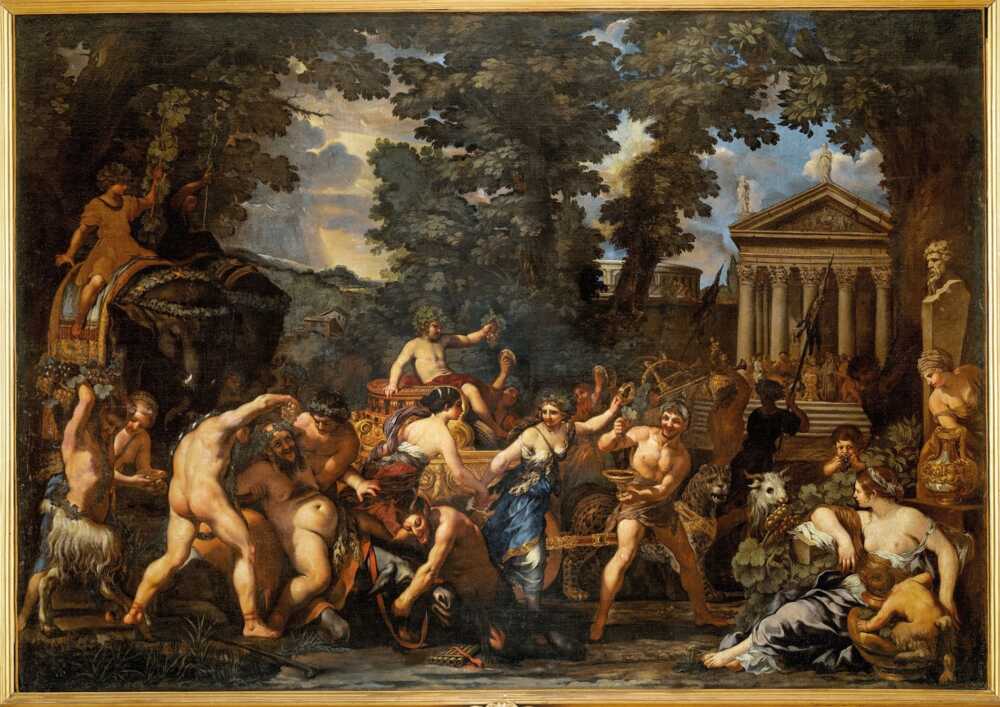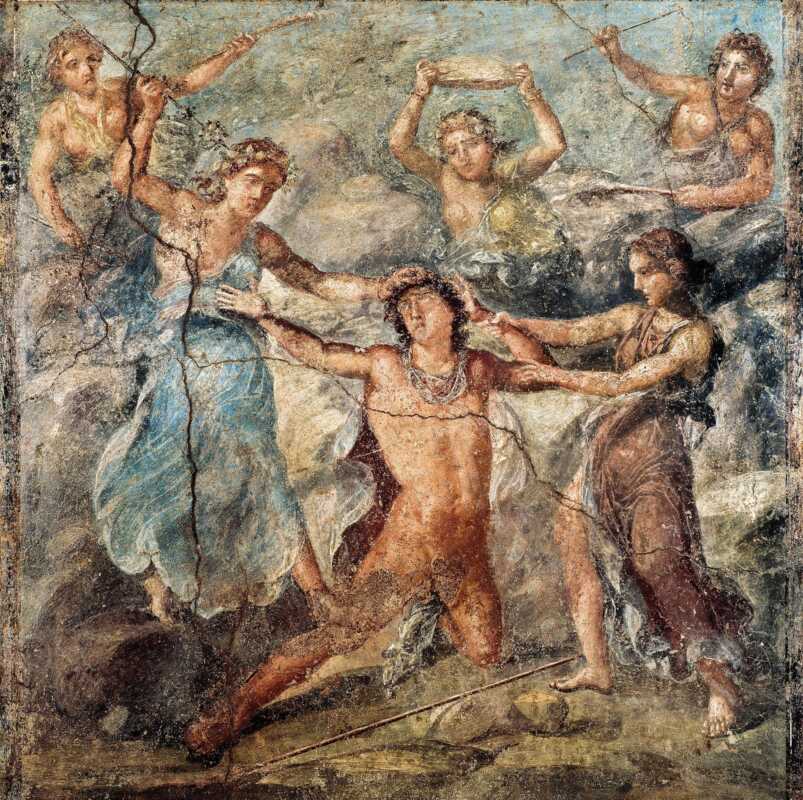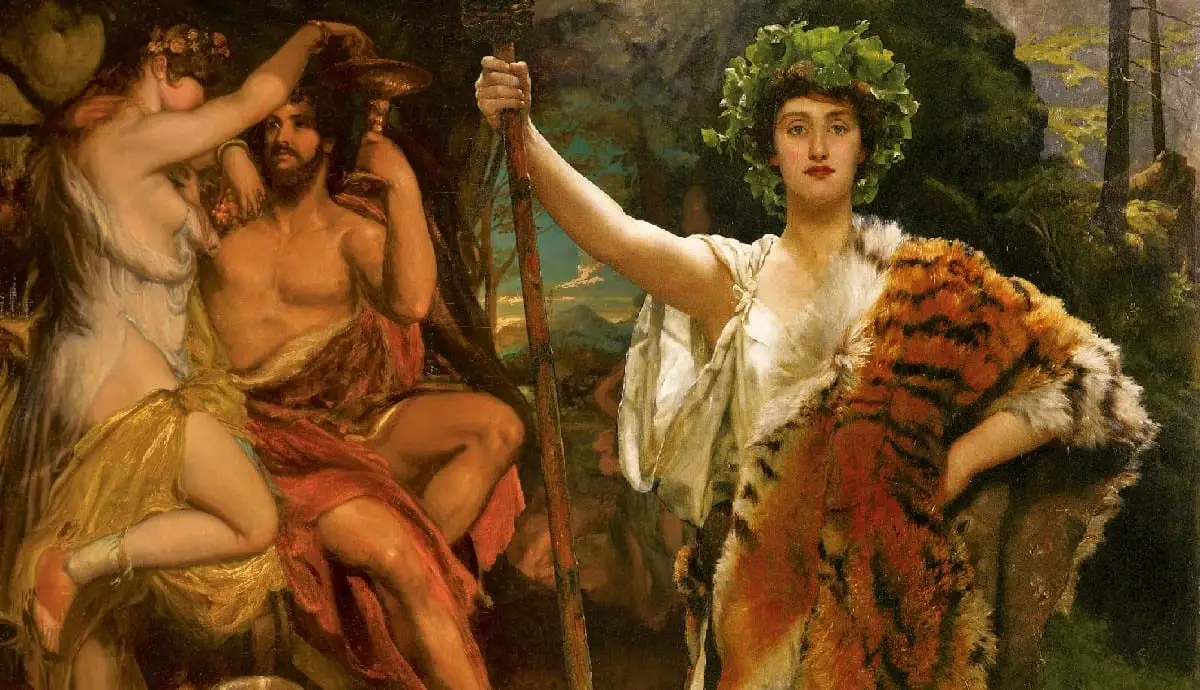Party of Lenaia on Ancient Greece
The Leneas were celebrated in Attica in the month of Gamelion, between the current January and February, possibly between the days 12 to 19 or 21. They are relevant to the literature because in them, as in the Urban Dionysias, dramatic competitions of tragedy and comedy took place, organized by the archon basileus. In Aristophanes’s The Frogs, there are several incidental allusions to them. Religious festivals were part of the tourist traffic in Ancient Greece. As well as the ancient Roman Empire and later in the Middle Ages

The festival of the Leneas, in ancient Athens was in honor of the god Dionysus Leneo (“the one with the lenos” or “jar of wine”). And it was celebrated in the month called gamelion, corresponding to what is now January.
During the festival, the first wines that had been produced in the god’s temple were offered and then a feast was attended that was paid for by the public treasury. After drinking and eating, already drunk, the great procession arrived where the protagonists were the lenas, women carried away by the Bacchic delirium, honorable ladies of different ages, transformed into maenads, who were believed to have been inspired by the god Dionysus. mysticism.
With their hair loose, they performed orgiastic dances to celebrate the rebirth of the child god after being torn to pieces and devoured by the Titans. Mythology tells that the Titans, after attracting little Dionysus with childish tricks, kill, dismember, cook and devour him. Then, Zeus, who at the time is his father, punishes and strikes down the Titans with his lightning, rescues the heart of Dionysus that had not been devoured and he is resurrected.
Dionisio learned how to turn grapes into wine and began to travel around the world, introducing mortals to the art of viticulture.
Homer describes the god as the joy of men

The festivities in honor of Dionysus, the Greek god of wine, fertility and theater, were very important in ancient Greece and were celebrated in various cities across the country.
The most famous festival was the Great Dionysia, which was celebrated in Athens during the spring, in honor of Dionysus and the goddess Athena. This festivity lasted several days and was made up of processions, religious ceremonies and theatrical competitions. The most important playwrights of the time presented their works, and the Athenian citizens voted to decide the winner.
Samsung Store: Galaxy Z Fold4

The Anthesteria Party
Another important festival in honor of Dionysus was the Anthesteria, which was celebrated in Athens in the month of Anthesterion, in February or March. This holiday was a celebration of the arrival of spring and new wine. During the Anthesteria, wine was drunk in abundance and religious ceremonies and theatrical competitions were held.

The Anthesteria, the celebration of the new wine, was the oldest Dionysian festival in Attica and took place between the 11th and 13th of the month of Anthesterion, between February and March today. The name seems to derive from flower, so they would also celebrate the arrival of spring. They consisted of three days, the Pithoigia or opening of the jars, the Khoes or jugs and the Khytroi or pots. On the first day, libations of the new wine were made in front of the temple of Dionysus in Limnais before tasting it.
On the day of the Khoes, a drinking contest led by the archon basileus took place in the tesmottheus (meeting place of the six tesmotetes or legislators), in which the winner was the one who managed to drink his jug first, with a capacity of about two liters. and a half current
There were also unofficial contests in which the winner won garlands and cakes. At the end of the day, when the third day had already begun), the participants rolled the garlands they had carried into the jars and went to deliver them to the priestess of the sanctuary in Limnais, which in the whole year was only open on that day.
The sacred marriage between Dionysus and the basilinna, the wife of the archon basileus, also took place, probably at the archon’s official residence in the agora. The third day, of the pots, was the day of the dead. It was so called because a mixture of cereals and honey was cooked in pots, which was offered to Hermes Ctonio, the god celebrated that day.
Other festivities in honor of Dionysus
Other festivities in honor of Dionysus included the Rural Dionysias, which were held in the countryside and included processions, religious ceremonies, and theatrical competitions, and the Lenaeas, which were held in Athens in the month of Gamelion, in January. During the Leneas, comic theatrical competitions were held and a procession was held in which large phallic symbols were displayed.
In general, the festivities in honor of Dionysus were an important part of religious and cultural life in ancient Greece, reflecting the importance of wine, theater, and fertility in Greek society.




